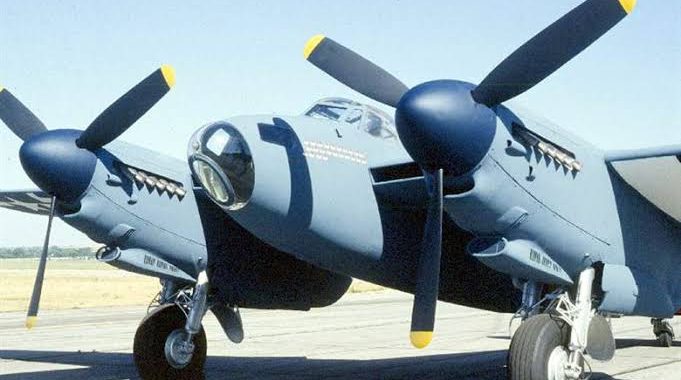Interesting facts about the de Havilland DH.98 Mosquito aka the ‘Wooden Wonder’
The aircraft we are presenting today for review is the de Havilland DH.98 Mosquito which served for the British Royal Air Force as their twin-engine multirole combat aircraft during World War II. The unusual fact about the de Havilland DH.98 Mosquito was that this aircraft had its frame designed and constructed almost entirely of wood. … Continue reading Interesting facts about the de Havilland DH.98 Mosquito aka the ‘Wooden Wonder’
0 Comments
